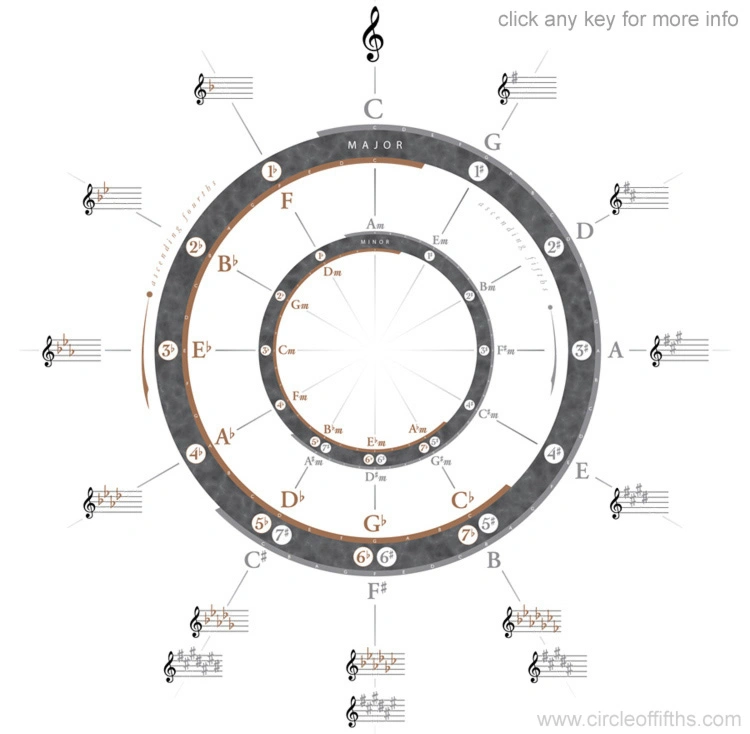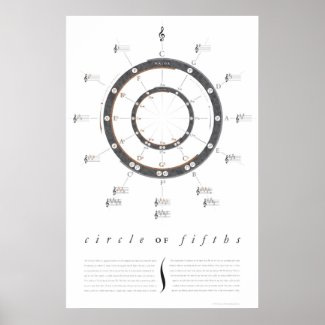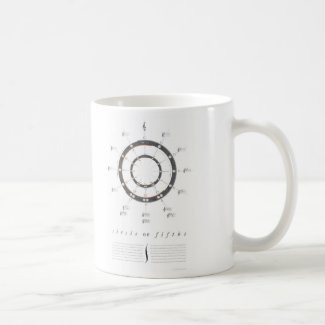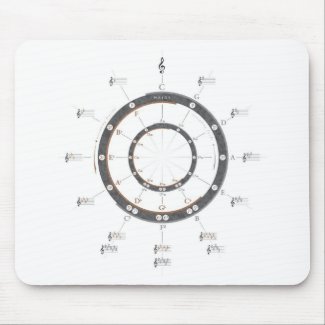How to Use the Circle of Fifths for Music Composition
The Circle of Fifths is a valuable tool that can help musicians and composers navigate the complex world of music theory and composition. By understanding the relationships between different musical keys and chords, composers can use the Circle of Fifths to create powerful harmonic progressions and key changes.
What is the Circle of Fifths?
The Circle of Fifths is a visual representation of the relationships between musical keys. It is a circle divided into twelve equal parts, with each part representing a different musical key. The keys are arranged in a clockwise fashion, starting with C major at the top and ending with B major at the bottom. Each key is separated by a fifth interval, hence the name "Circle of Fifths."

The Circle of Fifths is a useful tool for understanding the relationships between musical keys. For example, by starting on C major and moving clockwise around the circle, we can see that the next key is G major, then D major, and so on. This pattern is known as a "circle progression."
Using the Circle of Fifths to Create Harmonic Progressions
One of the most common uses of the Circle of Fifths in composition is to create harmonic progressions. A harmonic progression is a sequence of chords that creates a sense of movement and tension in a piece of music.The Circle of Fifths can be used to navigate between different keys and create smooth and cohesive harmonic progressions. For example, a common technique is to start in one key and then move to the key a fifth away. By using the Circle of Fifths as a guide, composers can easily navigate between different keys and create interesting and dynamic harmonic progressions.
Using the Circle of Fifths for Key Changes
Another powerful use of the Circle of Fifths in composition is for key changes. A key change is the process of moving from one key to another during a piece of music. Key changes can add a sense of drama and tension to a composition, and can also be used to create a sense of resolution at the end of a piece.By understanding the relationships between different keys on the Circle of Fifths, composers can use key changes to create smooth and cohesive compositions. For example, a common technique is to start in one key and then move to the key a fifth away, or to move between closely related keys.
Conclusion
The Circle of Fifths is a powerful tool that can help musicians and composers navigate the complex world of music theory and composition. By understanding the relationships between different musical keys and chords, composers can use the Circle of Fifths to create powerful harmonic progressions and key changes, and create dynamic and cohesive compositions. Understanding and using the Circle of Fifths is an essential step in becoming a skilled musician and composer.







